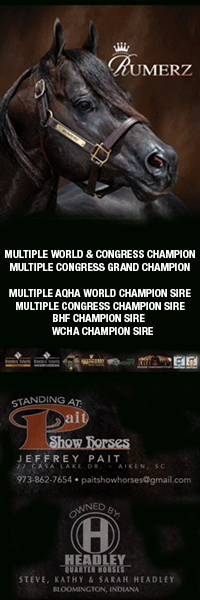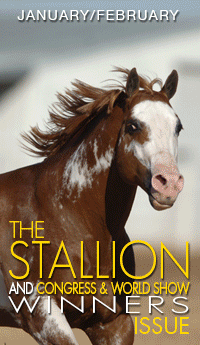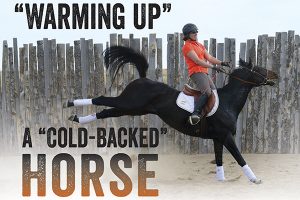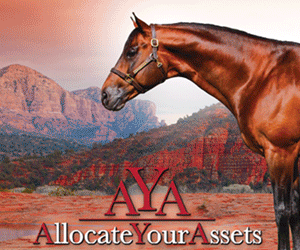“Warming Up” A “Cold-Backed” Horse
Click here to read the complete article
330 – May/June, 2025
Sometimes saddling a horse can become an ordeal. When the horse sees a person with a saddle in hand, they start to fret, tossing their head, ear pinning, tail swishing and generally indicating that they don’t want to be saddled. When the saddle is placed on their back, they flinch when the girth is tightened and when a person mounts, they hollow their back sinking down when the rider sits in the saddle.
Other bad behavior may follow such as bucking as soon as they’re mounted. Maybe they are fine at the walk or trot but come unglued at the canter. They refuse to stand when mounted or they’re tense when ridden. Maybe they bolt or rear when ridden or they cow kick. Are they reluctant to collect or round up the back while being ridden or react to pressure applied on either side of the withers and along the spine? If any of these actions sound familiar, you may be dealing with what’s known as a “cold-backed” horse.
Actual back temperature has nothing to do with the horse’s behavior. Instead, the term refers to the “cold” feel of the saddle. The problem, almost always, is a sore, painful back.
A horse’s back is a lot more than just a comfortable place to sit. Like human backs, a horse’s back is a complex structure that determines how efficiently the horse can move, whether he’s moving soundly and if he’s comfortable while working. Again, like our backs, it can get tight, ache or be subject to injury. Any or all of these issues can have a significant impact on a horse’s well-being as well as performance. Anyone who has ever had a really sore back can attest to how any and every movement–no matter how small–caused “yelping” pain, how it altered their gait patterns and generally how it made their lives miserable. Well, according to several studies, horses with sore backs feel the same sort of misery.
Click here to read the complete article
330 – May/June, 2025











